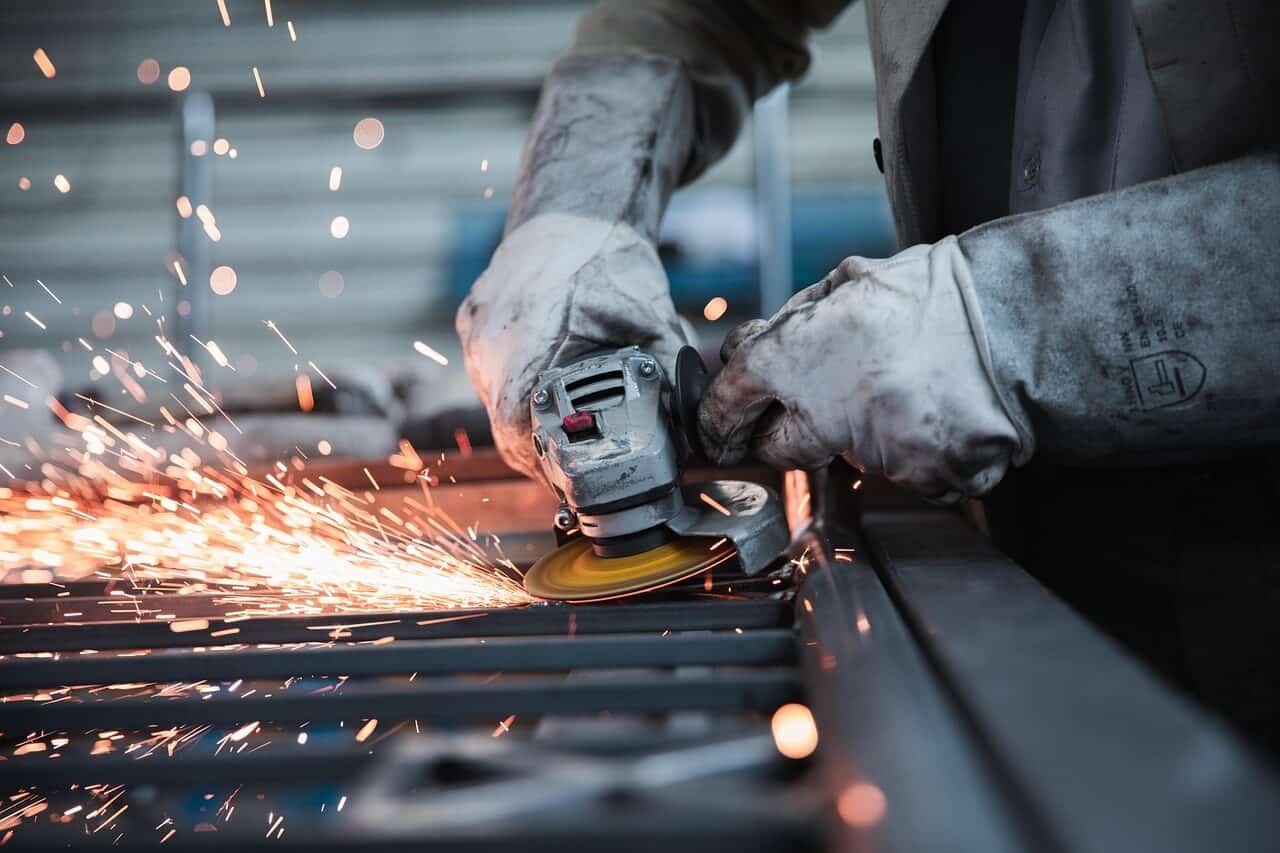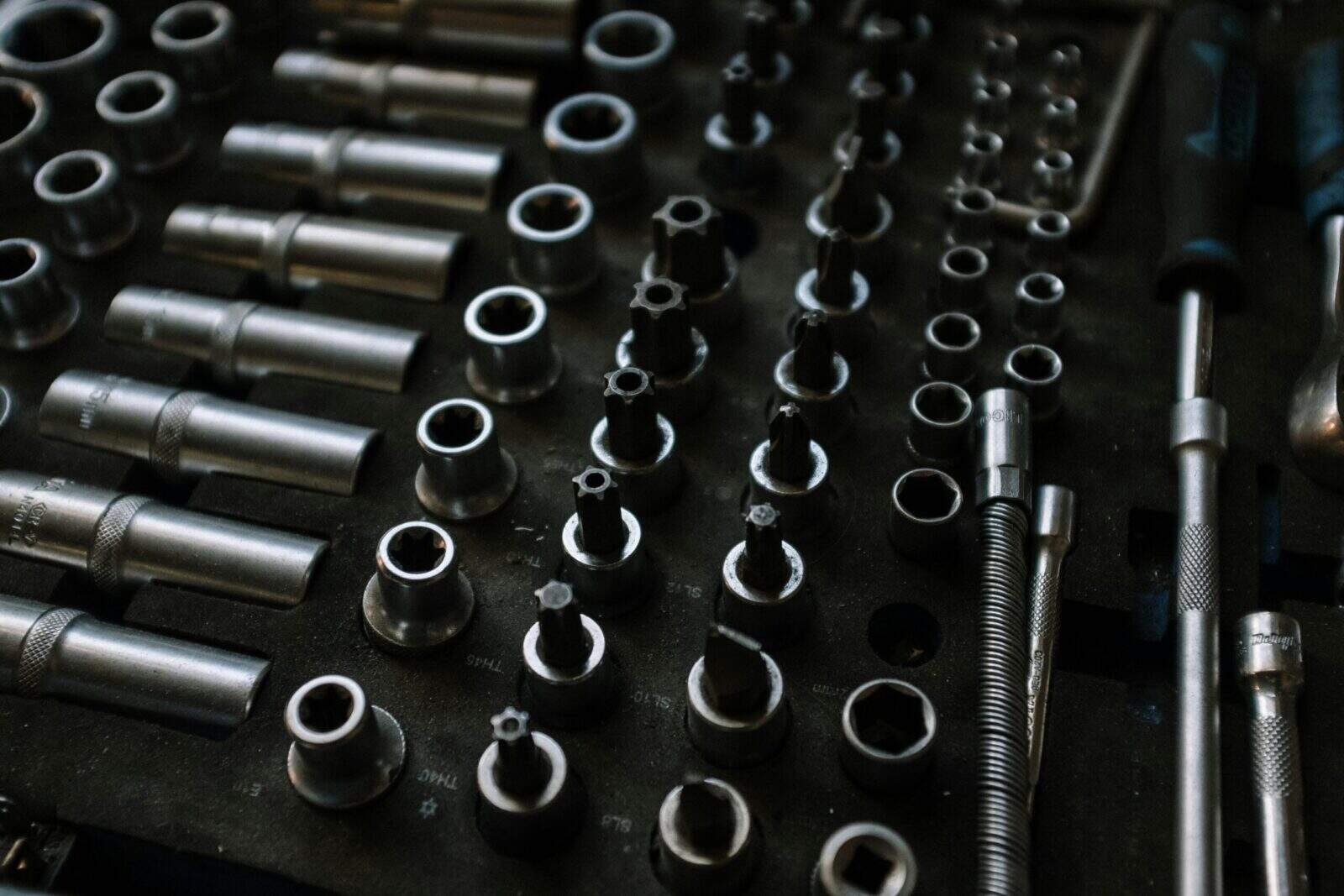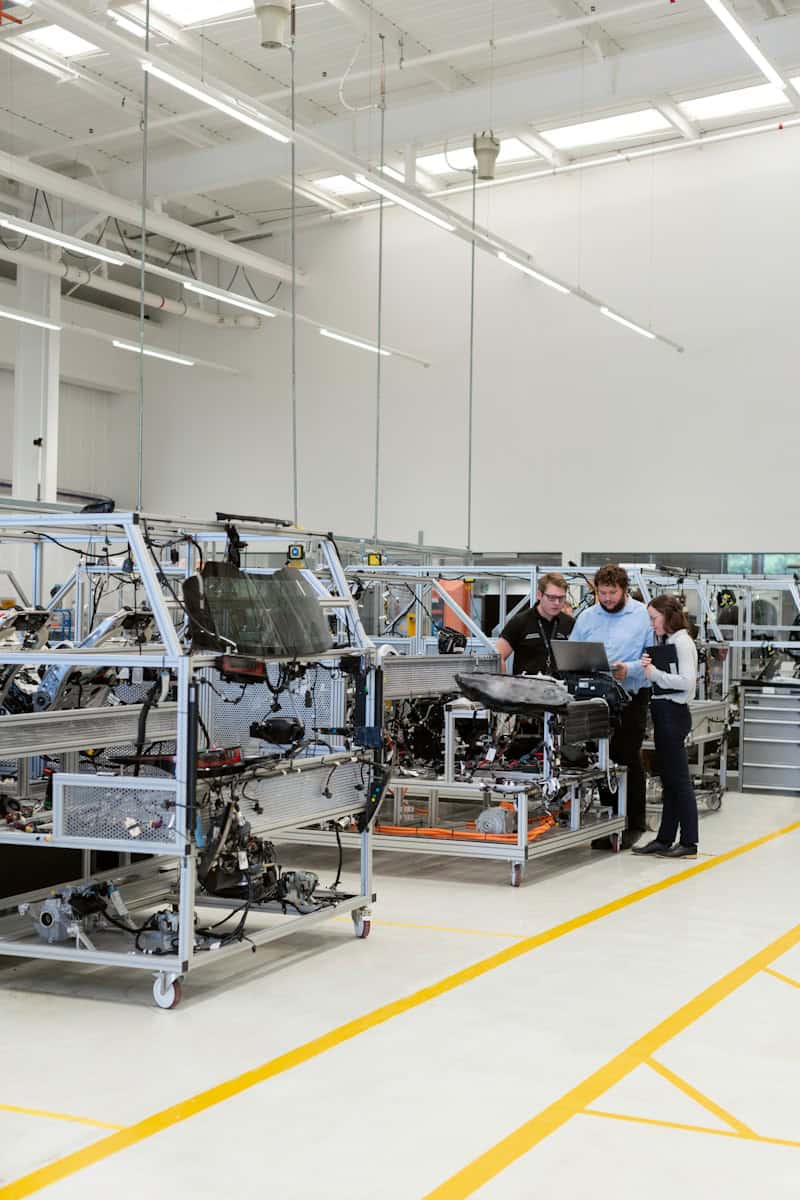Understanding Fittings: Key Features and Applications Explained

Introduction to Fittings
- Fittings are crucial components in various systems, including hydraulic systems, requiring careful selection based on thread type and application.
- Understanding the differences between various thread types, such as UNC and UNF threads, is essential for optimal performance and sealing ability.
- Hydraulic fittings, including pipe fittings, must be chosen based on the specific requirements of the hydraulic system, considering factors like pressure, fluid type, and maintenance frequency.
- The choice between UNC and UNF threads affects the sealing performance, vibration resistance, and assembly speed of hydraulic fittings.
Thread Type Overview
- Thread types, including fine threads and coarse threads, are defined by their pitch, diameter, and angle, influencing their suitability for different applications.
- Coarser threads, such as UNC threads, facilitate quick assembly and are suitable for systems where high pressure and vibration resistance are not critical.
- Finer threads, like UNF threads, offer better sealing and higher vibration resistance, making them ideal for high-pressure systems and applications requiring precision.
- Different thread types have distinct advantages and disadvantages, and their selection should be based on the specific needs of the system or project.
UNC Threads
- UNC threads, or Unified National Coarse threads, have a coarser pitch and are commonly used in general-purpose hydraulic fittings and fasteners.
- They are easier to assemble and disassemble, reducing the risk of cross-threading and over-tightening, but may compromise sealing ability and vibration resistance.
- UNC threads are suitable for systems where quick assembly and maintenance are prioritized over high-pressure resistance and precision.
- They are typically less expensive to manufacture than fine threads, making them a cost-effective option for less demanding applications.
UNF Threads
- UNF threads, or Unified National Fine threads, have a finer pitch and are preferred for high-pressure hydraulic systems requiring superior sealing and vibration resistance.
- They offer higher tensile strength and better locking ability, reducing the likelihood of leakage and wear, but can be more challenging to assemble and disassemble.
- UNF threads are commonly used in aerospace, automotive, and other high-performance applications where precision and durability are critical.
- They are typically more expensive to manufacture than coarse threads due to their finer pitch and more precise tolerances.
Thread Types Comparison
- Comparing UNC and UNF threads reveals significant differences in their pitch, diameter, and application suitability.
- UNC threads have a coarser pitch, making them easier to assemble, while UNF threads have a finer pitch, providing better sealing and vibration resistance.
- The choice between UNC and UNF threads depends on the specific requirements of the hydraulic system, including pressure, fluid type, and maintenance frequency.
- Understanding the differences between these thread types is crucial for selecting the most suitable fittings for a particular application.

UNF Fittings
- UNF fittings are designed for high-precision and high-pressure applications, offering superior sealing and vibration resistance.
- They are commonly used in hydraulic systems requiring tight seals and reliable performance, such as in aerospace and automotive industries.
- UNF fittings are typically more expensive than UNC fittings due to their finer pitch and more precise manufacturing requirements.
- They require careful assembly and handling to avoid cross-threading and over-tightening, which can compromise their performance and longevity.
Applications of Fittings
- Fittings are used in a wide range of applications, including hydraulic systems, pipe fittings, and other industrial equipment.
- The selection of fittings depends on the specific requirements of the system, including pressure, fluid type, and maintenance frequency.
- Different thread types, such as UNC and UNF, are suited for various applications, and their choice should be based on the specific needs of the project.
- Understanding the applications and requirements of fittings is essential for selecting the most suitable components for a particular system or project.
Different Thread Types
- Various thread types are available, each with its unique characteristics, advantages, and disadvantages.
- Fine threads, such as UNF, offer better sealing and vibration resistance, while coarse threads, like UNC, facilitate quick assembly and are more cost-effective.
- The selection of thread type depends on the specific requirements of the application, including pressure, precision, and maintenance frequency.
- Understanding the different thread types and their characteristics is crucial for choosing the most suitable fittings for a particular project.

Fittings Selection
- Selecting the right fittings for a particular application requires careful consideration of various factors, including thread type, pressure, fluid type, and maintenance frequency.
- The choice between UNC and UNF threads, as well as other thread types, should be based on the specific needs of the system or project.
- Fittings should be compatible with the system’s components and materials to ensure reliable performance and minimize the risk of leakage or damage.
- Refer to industry standards and manufacturer recommendations when selecting fittings for a particular application.
Fittings Installation
- Installing fittings requires careful attention to detail to ensure proper assembly and sealing.
- Cross-threading and over-tightening can compromise the performance and longevity of fittings, and should be avoided.
- Follow manufacturer instructions and industry best practices when installing fittings to ensure reliable performance and minimize the risk of damage or leakage.
- Regular maintenance and inspection of fittings can help identify potential issues and prevent system downtime.

Common Applications and Industries
UNC fittings are widely used across various industries due to their ease of assembly and durability under heavy loads. They are commonly found in hydraulic systems, automotive manufacturing, construction equipment, and general industrial machinery where quick assembly and maintenance are critical. These fittings are especially suitable for applications involving pipe fittings and gas systems where coarse threads provide reliable sealing and resistance to leaks.
Industries such as agriculture, mining, and oil and gas frequently rely on UNC fittings for their robust thread form and compatibility with standard hydraulic components. Their ability to withstand wear and resist cross threading makes them a preferred choice for systems prone to vibration and heavy use.
When planning your next project, considering UNC fittings can provide a durable and cost-effective solution that balances performance and ease of maintenance. Their standardized inch-based thread length and pitch ensure compatibility with a wide range of replacement parts, simplifying repairs and system upgrades.

Future Trends
As technology advances, the demand for more efficient and reliable hydraulic systems continues to grow. Future trends in fittings, including UNC fittings, focus on improving sealing performance, durability, and ease of assembly. Innovations in materials, such as corrosion-resistant alloys and advanced coatings, are expected to enhance the lifespan and compatibility of fittings in harsh environments.
Additionally, the development of smart fittings equipped with sensors for real-time monitoring of pressure, temperature, and wear is gaining traction. This integration of IoT (Internet of Things) technology aims to reduce maintenance downtime and improve system safety.
Standardization efforts are also underway to unify thread standards further, ensuring better interchangeability and reducing the risk of cross threading and leakage. These trends highlight the importance of selecting the right thread type, such as UNC or UNF, based on application-specific needs, especially in high-pressure and high-precision systems.
Staying informed about these advancements will help engineers and technicians make better decisions for their next project, ensuring systems that are not only durable and efficient but also smart and adaptable to future challenges.
Common Problems & Troubleshooting

When working with UNC fittings, several common issues may arise that can affect the performance and reliability of hydraulic systems. Understanding these problems and how to troubleshoot them is essential for maintaining optimal system functionality.
Cross-Threading
Cross-threading occurs when threads are misaligned during assembly, causing damage to the threads and compromising the seal. To prevent cross-threading, always start threading by hand and ensure proper alignment before tightening with tools. If cross-threading occurs, damaged fittings should be replaced to avoid leaks and further damage.
Over-Tightening
Over-tightening fittings can strip threads or deform sealing surfaces, leading to leaks and reduced durability. Use a torque wrench and follow manufacturer specifications for tightening to avoid over-tightening. Proper training on installation procedures can help prevent this issue.
Leakage
Leaks in systems using UNC fittings often result from improper sealing, damaged threads, or incompatible components. Inspect threads for wear or damage and ensure the correct thread type and size are used. Applying appropriate sealants or thread tape designed for hydraulic systems can improve sealing performance.
Wear and Tear
Over time, fittings may experience wear due to vibration, pressure fluctuations, and environmental factors. Regular inspection and maintenance can identify worn fittings early, allowing for timely replacement to prevent system failure.
Vibration Loosening
In applications subject to vibration, UNC fittings may loosen, causing leaks or disconnections. Using fittings with locking features or thread-locking compounds can enhance vibration resistance. Additionally, selecting UNF fittings may be preferable in high-vibration environments due to their finer threads and better locking ability.
By addressing these common problems proactively through proper installation, maintenance, and component selection, the longevity and reliability of hydraulic systems using UNC fittings can be significantly improved.
Common Applications and Industries
UNC fittings are widely used across various industries due to their ease of assembly and durability under heavy loads. They are commonly found in hydraulic systems, automotive manufacturing, construction equipment, and general industrial machinery where quick assembly and maintenance are critical. These fittings are especially suitable for applications involving pipe fittings and gas systems where coarse threads provide reliable sealing and resistance to leaks.
Industries such as agriculture, mining, and oil and gas frequently rely on UNC fittings for their robust thread form and compatibility with standard hydraulic components. Their ability to withstand wear and resist cross threading makes them a preferred choice for systems prone to vibration and heavy use.
When planning your next project, considering UNC fittings can provide a durable and cost-effective solution that balances performance and ease of maintenance. Their standardized inch-based thread length and pitch ensure compatibility with a wide range of replacement parts, simplifying repairs and system upgrades.
Future Trends

As technology continues to evolve, the demand for more efficient, reliable, and smart hydraulic systems is on the rise. Future trends in fittings, including UNC fittings, are focusing on several key areas to enhance overall system performance and longevity.
One major trend is the development of advanced materials, such as corrosion-resistant alloys and specialized coatings, which improve the durability and compatibility of fittings in harsh environments. These materials help extend the lifespan of fittings, reducing wear and the need for frequent replacements.
Another significant advancement is the integration of smart fittings equipped with IoT (Internet of Things) sensors. These smart fittings can monitor critical parameters like pressure, temperature, and wear in real-time, enabling predictive maintenance and reducing unexpected system downtime. This technology also enhances safety by providing early warnings of potential failures.
Standardization efforts are also gaining momentum, aiming to unify thread standards further. This will improve interchangeability between fittings, minimize the risk of cross threading, and enhance sealing ability, especially in high-pressure applications.
Additionally, innovations in design are improving ease of assembly and sealing performance, addressing common issues such as leakage and over-tightening. These improvements contribute to better vibration resistance and durability under heavy loads, making fittings more suitable for demanding hydraulic systems.
Staying informed about these future trends will empower engineers and technicians to select the most suitable thread type and fittings for their next project, ensuring systems that are not only durable and efficient but also smarter and more adaptable to evolving industry challenges.
Reference Links:
- Parker Hannifin – Hydraulic Hoses, Fittings and Equipment https://www.parker.com/portal/site/PARKER/menuitem.223a4a3cce02eb6315731910237ad1ca/?vgnextoid=f92caf5c6f65e210VgnVCM10000048021dacRCRD&vgnextfmt=EN
- Engineering ToolBox – Unified Thread Standards: UNC & UNF Size Charts https://www.engineeringtoolbox.com/unified-screw-threads-unc-unf-d_1809.html
- Engineering ToolBox – Piping Thread Standards https://www.engineeringtoolbox.com/thread-standards-d_776.html
- Thomasnet – Society of Automotive Engineers (SAE): Functions and Standards https://www.thomasnet.com/articles/engineering-consulting/society-automotive-engineers-sae/
- Hydraulics Direct – Fitting Thread Chart https://www.hydraulicsdirect.com/thread-charts-hd/fitting-thread-chart
- QC Hydraulics – Thread Chart For Hydraulic Fittings https://www.qchydraulics.com/resources/thread-chart-for-hydraulic-fittings
- QC Hydraulics – UNF vs. JIC: Thread Standards Explained https://www.qchydraulics.com/unf-vs-jic-thread-standards-explained-for-hydraulic-fittings.html
- Hydraxio – Thread Charts https://hydraxio.com/thread-charts/
- Titan Fittings – US Thread Chart https://www.titanfittings.com/thread-charts/us-thread-chart
- Teesing – Unified National Thread UNC and UNF https://teesing.com/en/library/publications/basics-of-thread/unc-unf-thread










